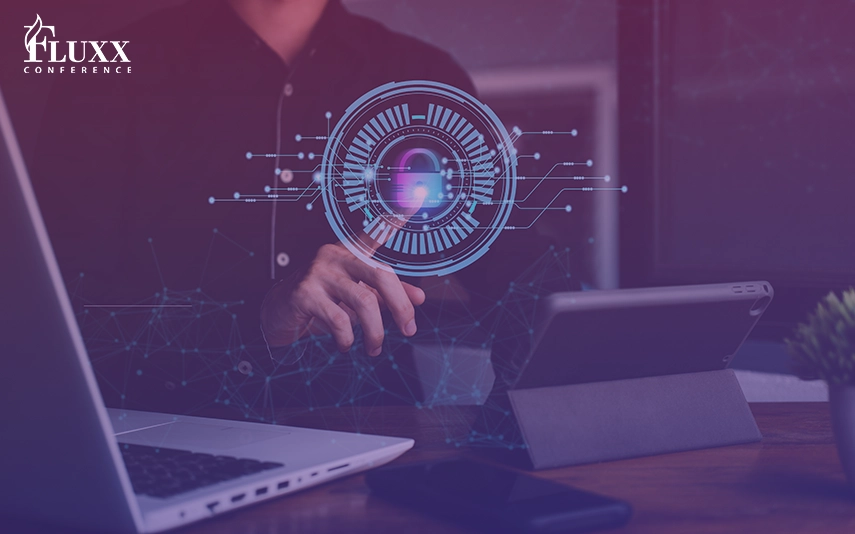
Cybersecurity’s AI Frontier: Who Will Control the Arms Race—Attackers or Defenders?
It’s 3:00 a.m. An AI-script cybercriminal somewhere in the world is scanning thousands of networks per second for the smallest vulnerability. Simultaneously, an organization’s AI-defense system is learning, changing, and preparing to stop the attack from occurring.
This is the new reality: an AI-scripted cybersecurity arms race where both are evolving at breakneck velocities.
Artificial Intelligence (AI) is not anymore buzzword material—it’s transforming the manner in which we protect, and assault, digital systems. The query is no longer whether AI will change cybersecurity, but who will be left ahead in this cat-and-mouse game—attackers or defenders?
The Rise of AI in Cybersecurity
Traditionally, cybersecurity employed rules, manual inspection, and pre-set signatures to detect threats. But cyber threats have proliferated in number and complexity. AI bridges the gap with what humans lack: speed and scaling.
Defensively, AI can:
Offensively, AI can:
Why Attackers Gain the Advantage?
Attackers have a natural advantage: they only need to succeed once, whereas the defender has to defend against all possible attacks.
This is why AI can be a wicked weapon for cybercriminals:
In fact, security experts warn that we’re entering a phase where attacks may become autonomous, with little to no human oversight from the attacker’s side.
Why Defenders Still Have Hope?
It’s not all doom and gloom. Defenders have AI on their side too—and it’s proving to be a game-changer.
The real power is combining AI with human wisdom. While AI does mathematics at light speed, humans offer judgment, creativity, and ethical decision—attributes which might be lacking in attackers.
The Cat-and-Mouse Game
The cyber war is fought by AI-grounded machines—speedy chess, without the rule that only one side can move more than one piece at a time.
When AI-grounded spam filters became very effective, attackers used AI-generated spear-phishing emails—targeted messages sent to specific individuals. Defenders countered by implementing AI-driven behavior-based analysis to detect atypical email patterns.
It’s a vicious cycle. The faster AI progresses, the faster the game changes.
The Human Factor
No matter how much AI progresses, people still play an important part in the equation.
Cybersecurity awareness training is still the best defense. AI will alert you to malicious behavior, but it can’t stop you clicking on a phishing link if you don’t know what to look out for.
The Road Ahead: Attackers or defenders: who’s going to win?
In fact, there may never be a clear “winner.” Instead, the balance will continue to shift as each side edges ahead.
Here’s what will happen:
For companies and individuals alike, the moral is simple:
On the AI cyber frontier, standing still is falling behind.
Final Thoughts
The cybersecurity AI arms race is a double-edged sword. While it equips defenders with faster, smarter protection, it also bestows the same powerful tools on attackers. The party that learns faster, adapts faster, and innovates faster will have an advantage—temporarily.
The future will be one of collaborative intelligence where AI and human capability come together to outwit and out maneuver the cyber attackers.
The war will continue to be an ongoing engagement, but with the right mind set, defenders can make the virtual environment a much tougher place for the attackers to win. Join Fluxx Conference at the Business & Healthcare Conference 2025, where leaders connect, ideas ignite, and success begins! Stay updated with Fluxx News for the latest announcements.
Interesting Reads:
How to Spot the Next Big Market Shift Before Everyone Else?
Neurodiversity at Work: Designing Inclusive Innovation Teams



